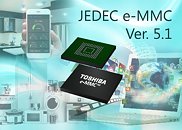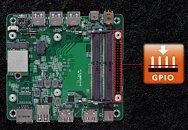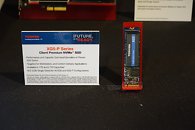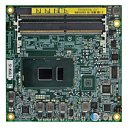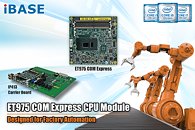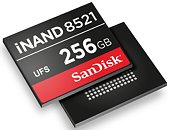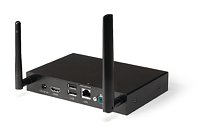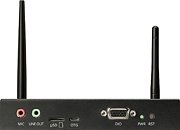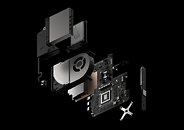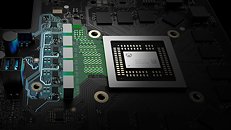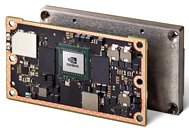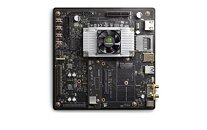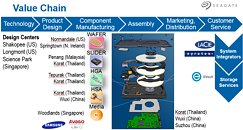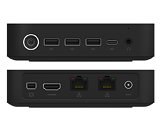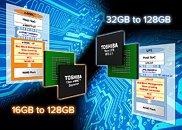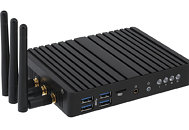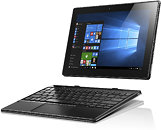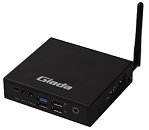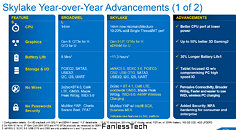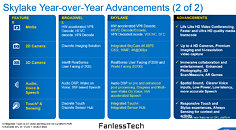Greenliant ArmourDrive SSDs Reach 250,000+ P/E Cycles with EnduroSLC Technology
Greenliant is now sampling its new high-reliability SATA 6 Gb/s ArmourDrive EX Series products to customers that need ultra robust data retention, ultra high endurance data storage capable of operating under heavy workloads in extreme environments. Designed with Greenliant's EnduroSLC Technology, SATA ArmourDrive EX Series solid state storage modules achieve 50K, 100K and industry-leading 250K+ program-erase (P/E) cycles and provide enhanced data retention. EnduroSLC-enabled SSDs offer high data storage integrity and can withstand wide temperature operations without losing data.
The SATA ArmourDrive EX Series expands the EnduroSLC product family, which also includes SATA 6Gb/s NANDrive and 100-ball/153-ball eMMC NANDrive ball grid array (BGA) solid state drives (SSDs). "SSD and memory card users that need super-high endurance and long-term data retention over a broad temperature range have limited options, since today's NAND flash marketplace is highly focused on consumer applications," said Jim Handy, principal analyst, Objective Analysis. "Greenliant's EnduroSLC products should find a warm reception among these elite users."
The SATA ArmourDrive EX Series expands the EnduroSLC product family, which also includes SATA 6Gb/s NANDrive and 100-ball/153-ball eMMC NANDrive ball grid array (BGA) solid state drives (SSDs). "SSD and memory card users that need super-high endurance and long-term data retention over a broad temperature range have limited options, since today's NAND flash marketplace is highly focused on consumer applications," said Jim Handy, principal analyst, Objective Analysis. "Greenliant's EnduroSLC products should find a warm reception among these elite users."







